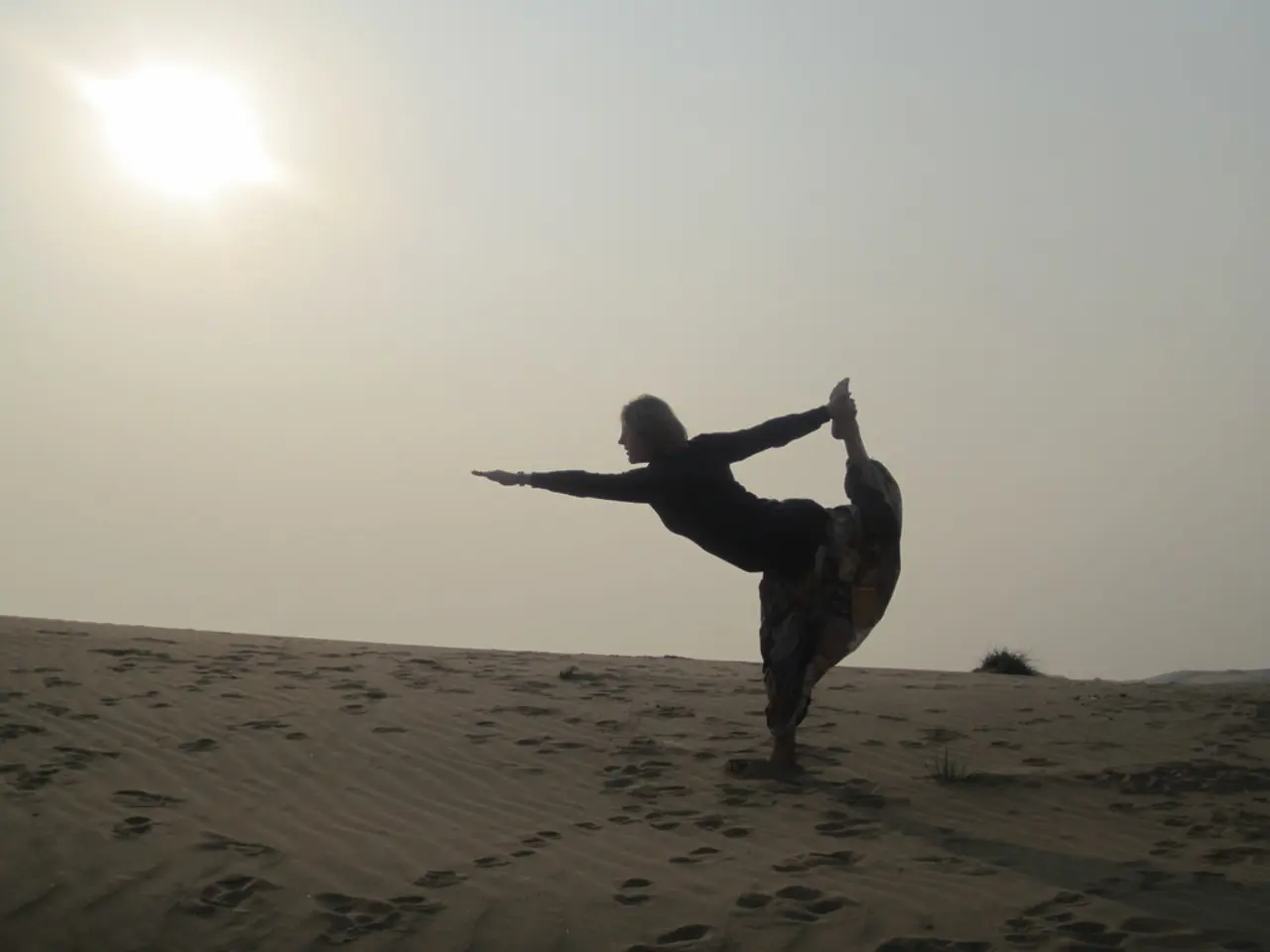Becoming an Aerial Yoga Instructor: A Comprehensive Guide
Are you passionate about yoga and ready to take your practice to new heights? Consider venturing into the niche world of aerial yoga. This article outlines the key steps to becoming an aerial yoga instructor, including training, certification, insurance, and career progression.
Training
To embark on your aerial yoga journey, you'll first need to complete a specialized aerial yoga teacher training program. These programs typically require around 30 hours of instruction, encompassing both practical and continuing education components. For instance, Good Karma Studio offers a Level 1 Aerial Yoga Teacher Training with 27 hours of practice and a 3-hour teaching practicum. Training covers aerial yoga poses, sequencing, inversions, safety protocols, and instructional techniques. Some courses are open to all levels, while others cater to experienced yoga instructors seeking Yoga Alliance continuing education credits.
Certification
Upon completing the training hours and requirements, you'll earn a certification or diploma to teach aerial yoga. Some programs offer Yoga Alliance approved continuing education credits (CEUs), which can bolster your credentials. Certification typically involves documented training hours, teaching practicum, and sometimes continuing education.
Insurance Considerations
It's essential to ensure you're adequately covered with the right insurance. Aerial yoga may not be automatically covered under all standard yoga teacher insurance policies, and you may need specialized coverage. Insurance Canopy advises that aerial yoga is sometimes excluded from basic yoga teacher insurance plans, meaning you may need to confirm that your insurer includes aerial yoga in their policies. To protect against risks associated with aerial equipment use and inversions, instructors should seek comprehensive general and professional liability insurance tailored to aerial yoga.
Career Progression
After initial certification, instructors can deepen their expertise by pursuing advanced aerial yoga certifications, mentorships, or retreats to enhance their teaching skills and knowledge. Combining aerial yoga teaching with other yoga styles or fitness certifications (e.g., Pilates, personal training) can expand career opportunities and client base. Instructors may progress from teaching local studio classes to offering workshops, retreats, or even running their own aerial yoga businesses or schools.
The modern way to get qualified to become an aerial yoga instructor is through a Level 3 Diploma in Yoga Instruction, which includes over 400 hours of essential theoretical work and practical sections. OriGym offers a Level 3 Diploma in Yoga Instruction with a blended approach of in-house and online course content.
The first career path for an aerial yoga instructor is to work as a freelance yoga teacher, offering a financially rewarding job role with freedom. There aren't many aerial yoga studios as a niche, but holistic yoga studios often offer aerial classes. The second career path is to work in a dedicated aerial yoga studio, offering a stable contracted role. Career progression options for aerial yoga instructors include diversifying yoga specialisms with a Level 4 Yoga Diploma.
Summary Table of Key Steps
| Step | Details | |-----------------------|--------------------------------------------------------------------------------------------------| | Training | ~30 hours aerial yoga teacher training (in-person, hybrid, or online) including practice & teaching | | Certification | Receive certification/diploma; optionally Yoga Alliance CEUs for existing yoga teachers | | Insurance | Obtain specialized aerial yoga liability insurance, as it may not be included in standard policies | | Career Progression | Advanced certifications, mentorship, retreats; expand to other fitness/yoga styles; start own classes or school |
This path ensures safety, expertise, and professionalism in aerial yoga instruction and supports long-term career growth. Be sure to check local regulations or studio requirements for additional prerequisites. Specializing in a particular yoga niche can make instructors more valuable and open more opportunities.
- To kickstart your aerial yoga journey, enroll in a specialized aerial yoga teacher training program, which usually consists of approximately 30 hours of instruction that combines practical and continuing education components.
- Completing the training program leads to certification or a diploma, enabling you to teach aerial yoga. Some training programs offer Yoga Alliance continuing education credits (CEUs) for added credibility.
- It's crucial to secure suitable insurance coverage for aerial yoga, as it might not be automatically included in standard yoga teacher insurance policies. Instructors may require specialized insurance to protect against risks related to aerial equipment use and inversions.
- Building upon initial certification, aerial yoga instructors can grow their knowledge and expertise through advanced certifications, mentorships, and retreats, as well as by integrating other yoga styles or fitness certifications (like Pilates or personal training) to expand their career opportunities and client base.
- Stationed in holistic yoga studios or launching their own aerial yoga businesses or schools, experienced aerial yoga instructors can progress from teaching local classes to conducting workshops, retreats, or even running their own studios. A potential career path includes obtaining a Level 4 Yoga Diploma to diversify specialisms and broaden opportunities in the industry.




